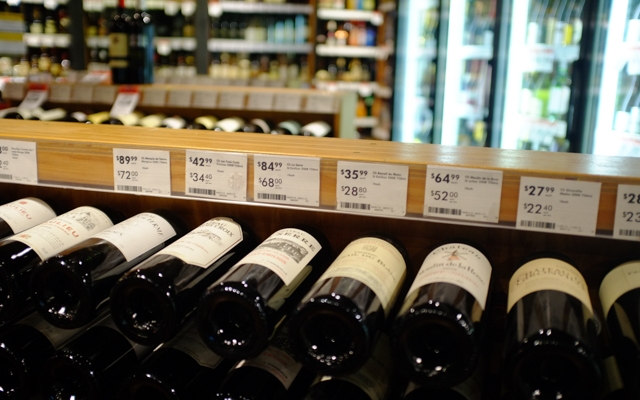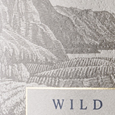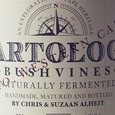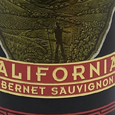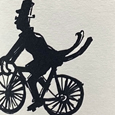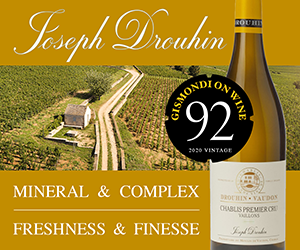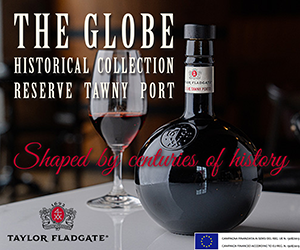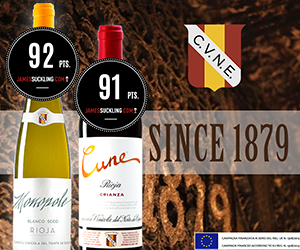Terroir does not innately tell us which grapes to grow or what wines to bottle.
Some varieties may be more suitable than others, but even that’s not static. With climate change, wine regions are necessarily exploring alternate grape varieties to the status quo. Rather, terroir provides a framework in which to work. It’s still up to the winery to make the numerous decisions that go into building a viable portfolio.
Make no mistake: wine is a product. And selling this product is integral to the survival of most wineries. The typical mistake is to be too focused on quality. Yes, there’s always a market for a good product. However, even a cursory look at wine sales by grape variety demonstrates that market size is not intrinsically driven by quality. Building a winery’s portfolio requires looking backwards and determining how much revenue is necessary to keep the lights on.
In Canada, all sales are funnelled, in some way or another, through the government. One of the few benefits of stringent regulation is that wineries consequently have access to robust sales data for both domestic and international wines. We know what the sales potential is for certain blends or grape varieties, which informs production volumes because wine is both a perishable good and expensive to warehouse over the long-term. So, before a winery produces thousands of cases of a niche wine, it has to be confident it can be sold – regardless of its price.
Determining whether a wine should be a blend or single varietal is a key decision. By recasting a relatively unpopular grape variety like zinfandel or petite sirah as a proprietary blend, it is possible to increase its sales potential drastically. Just ask The Prisoner or Orin Swift. Or maybe you change the wine style entirely. The white zinfandel craze notably saved old Zinfandel vines from being ripped out. Alternatively, wineries may prefer to bottle popular varieties, such as cabernet sauvignon or malbec, as single varietals. It is true even if the wine is, in fact, a blend. Wine labelled as cabernet sauvignon may contain other varieties, up to a maximum of 15% of the overall blend (25% in California). Adaptation may be required even if you have the right variety planted in the right terroir.
There is also the question of whether one wants to be a generalist or a specialist. Do you grow all of the international grape varieties, plus a few more obscure varieties tossed in for good measure? Or do you focus on complementary varieties, such as Bordeaux red and white varieties? The former approach may be preferable if you have crowds of tourists in your tasting room throughout the year, at which point you may want to be something for everyone. Export markets and media, in comparison, are more demanding and favour perceived specialization. After all, how many different grape varieties can truly excel in a specific terroir.
The New World may have fewer constraints in this regard, but there’s still innovation both within and outside of the confines of wine classification systems like France’s appellation d'origine contrôlée. In Bordeaux, we’ve come to expect a chateau to have a grand vin, a second wine, and maybe a third wine. However, wineries like Château Surain are using proprietary names like “Popcorn” and sleek, modern packaging on AOC Bordeaux wines to reach new consumers – and, frankly, survive as a business. For others, the rigidity of AOC regulations means they have to bottle non-conforming wines as Vin de France, potentially losing the value conferred by the region. Château Palmer has periodically produced a “hermitaged” Bordeaux blend, based on the historical practice of Bordeaux chateaus bolstering their wines with a small amount of syrah from the Northern Rhone. New products allow a winery to continue to adapt, while being true to their terroir or history.
Pricing is also an issue with the quality-driven approach. A blind ambition to make a great bottle of wine tends to remove the consumer from the equation. Instead, the bottle inevitably is lined up against neighbouring wineries in a competitive analysis and, to no one’s surprise, it outperforms the others. Of course, this means it has to be priced accordingly. In contrast, a market-driven approach looks at the sales potential of wine across different price points. The aim is not only to avoid excess inventory but also to ensure the wine is profitable. The cost to produce a bottle of wine is somewhat tied to the desired quality level. It is not a linear relationship, as the cost per bottle will rarely exceed $20; still, factors like yield and oak usage have financial implications. If a wine can only be viably sold at $20 per bottle, this has to be reflected in the winemaking approach.
A few high point scores and shrewd marketing decisions can help support premium pricing. Nevertheless, there can be a cap on what the market can support. Even with a couple of 100-point scores from Wine Advocate, Bryant Family Vineyard is still alleged to have lagging sales. To this end, wineries may create an artificial sense of scarcity to drive demand by quickly publicizing a sell-out, whether it is truthful or not.
A winery’s portfolio may also be hierarchical, with different tiers covering different price points. The archetypal example is Wolf Blass, which assigns a unique colour to each tier. However, the risk of covering a broad range of prices is dilution to the brand, as happened with Woodbridge by Robert Mondavi. Another challenge is that there is a certain arbitrariness to different wine tiers. Telling a customer that a “Reserve” wine is double the price because the winemaker selected certain barrels isn’t exactly compelling. You also don’t want your customer dropping a good chunk of change and feeling like they are settling. In contrast, elevated pricing on single vineyard or single block wines is more intuitive, as long as it tells a meaningful story that will resonate with consumers. A vineyard name, in and of itself, doesn’t mean anything – unless you’re among select sites like the To Kalons of the world.
As you can see, there are endless considerations that go into the building, and then refining of your product mix. Terroir is certainly part of it, but that’s only the beginning of the process. Because all wine, no matter where it comes from, has to be sold.
Wines that mix it up (in one way or another):

 quicksearch
quicksearch

